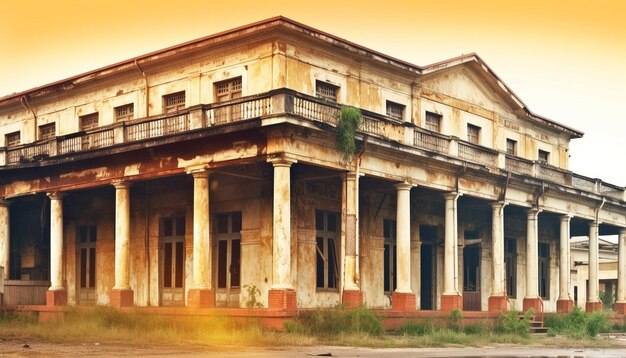Architectural Echoes: Colonial Influences in Charleston and Ghana’s Building Styles
Architecture serves as a visual chronicle of history, capturing the cultural and political forces that shaped a region. Charleston, South Carolina, and Ghana, West Africa, may seem worlds apart, but a closer look at their architectural landscapes reveals shared colonial influences that tell a story of connection, resilience, and adaptation. Similarly, the emergence of new restaurants in Charleston reflects the city’s ability to adapt and evolve, blending historical charm with modern innovation to create vibrant spaces that celebrate its rich cultural heritage.
Charleston’s Colonial Elegance
Charleston’s architectural identity is rooted in its colonial history, with styles influenced by British, French, and Caribbean traditions. The city’s historic homes feature elements such as large verandas, symmetrical facades, and gabled roofs designed to suit the subtropical climate. The iconic “Charleston single house,” with its long, narrow structure and piazzas, exemplifies the adaptation of European designs to local environmental conditions.
Many of these structures were built during the 18th and 19th centuries, a time when Charleston was a hub for trade, including the transatlantic slave trade. The wealth generated during this period fueled the construction of grand homes and public buildings, often employing enslaved African artisans whose skills left an indelible mark on the city’s architectural heritage.
Ghana’s Colonial Legacy
In Ghana, colonial influences are visible in forts, castles, and civic buildings that reflect the imprint of European powers, including the British, Dutch, and Portuguese. Coastal forts like Elmina Castle and Cape Coast Castle, originally built for trade, became infamous as hubs for the transatlantic slave trade. These structures, with their imposing stone walls, arched doorways, and courtyards, bear the scars of a turbulent history.
Beyond the forts, urban areas in Ghana showcase colonial-era architecture in civic buildings, churches, and homes. The influence of British colonial rule is evident in structures with steeply pitched roofs, wide verandas, and timber detailing, adapted to the tropical climate. Post-independence, many of these buildings were repurposed, blending historical significance with modern uses.
Shared Themes and Divergent Paths
Both Charleston and Ghana reflect how colonial powers shaped architecture, adapting European styles to local climates and materials. However, while Charleston’s colonial architecture often symbolizes wealth and power, Ghana’s colonial structures serve as somber reminders of exploitation and resilience.
In both regions, there is a growing movement to preserve these architectural legacies. Efforts in Charleston focus on maintaining historic districts, while in Ghana, the preservation of forts and castles highlights their role in global history.
Conclusion
The architectural echoes between Charleston and Ghana offer a lens through which to examine the intertwined histories of these regions. By preserving and studying these structures, we honor their complex legacies and foster a deeper understanding of how history shapes our built environment.

